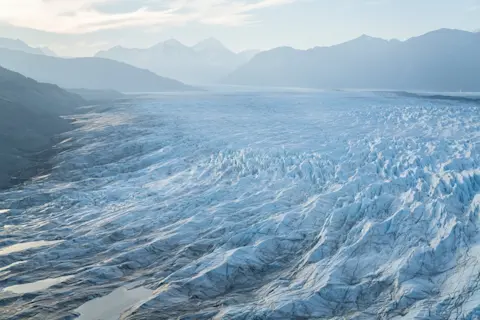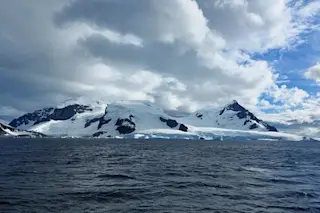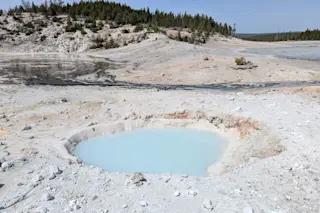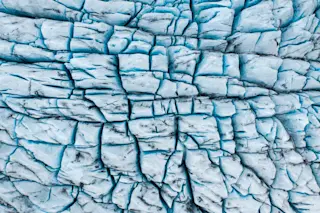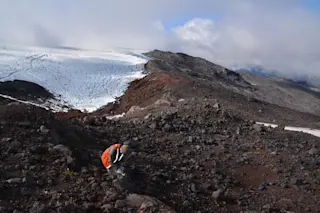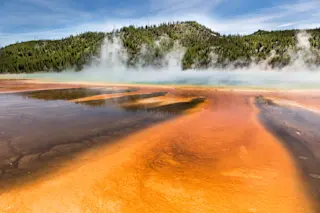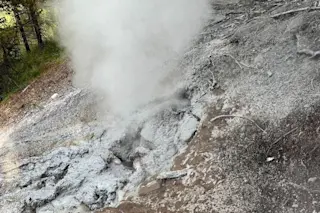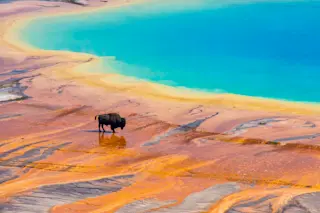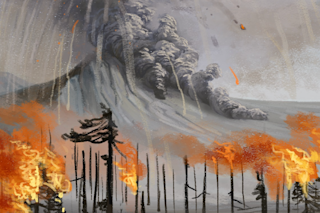Fine soil particles once encased in ice were discovered in a cave about 20,000 years after the frozen sheet melted. This sediment is significant both for what it tells us about the past and what it could forecast for the future, according to an article in the journal Nature Geoscience.
The sediment found in an Alaskan cave was likely once part of the Cordilleran Ice Sheet, which melted at the end of the last Ice Age. Most of that ice — along with the sediment contained within it — ended up in the oceans. Finding traces of it on land is extremely rare.
“This is the first evidence of land-based meltwater events from this ice-sheet,” Paul Wilcox, a geologist at the University of Innsbruck, Austria, and an author of the paper, said in a press release. “In a way, the cave acted as a kind of time capsule that preserved ...
